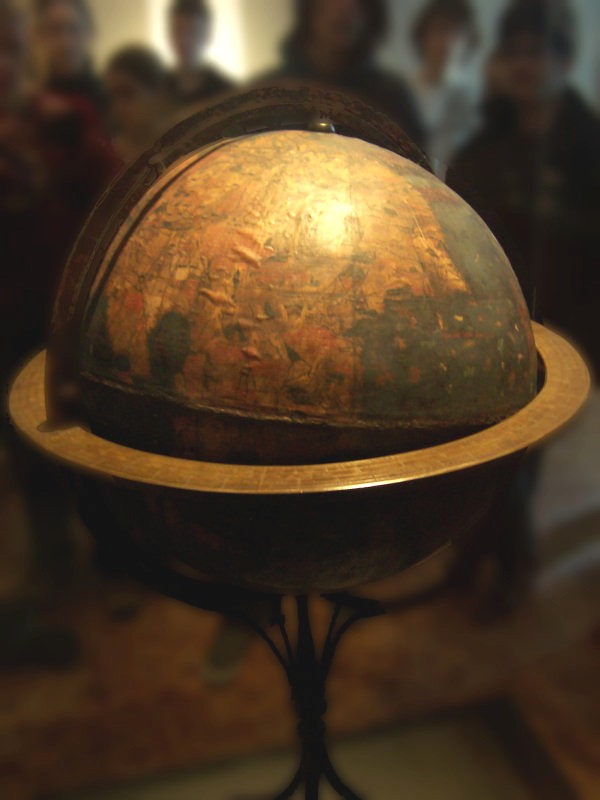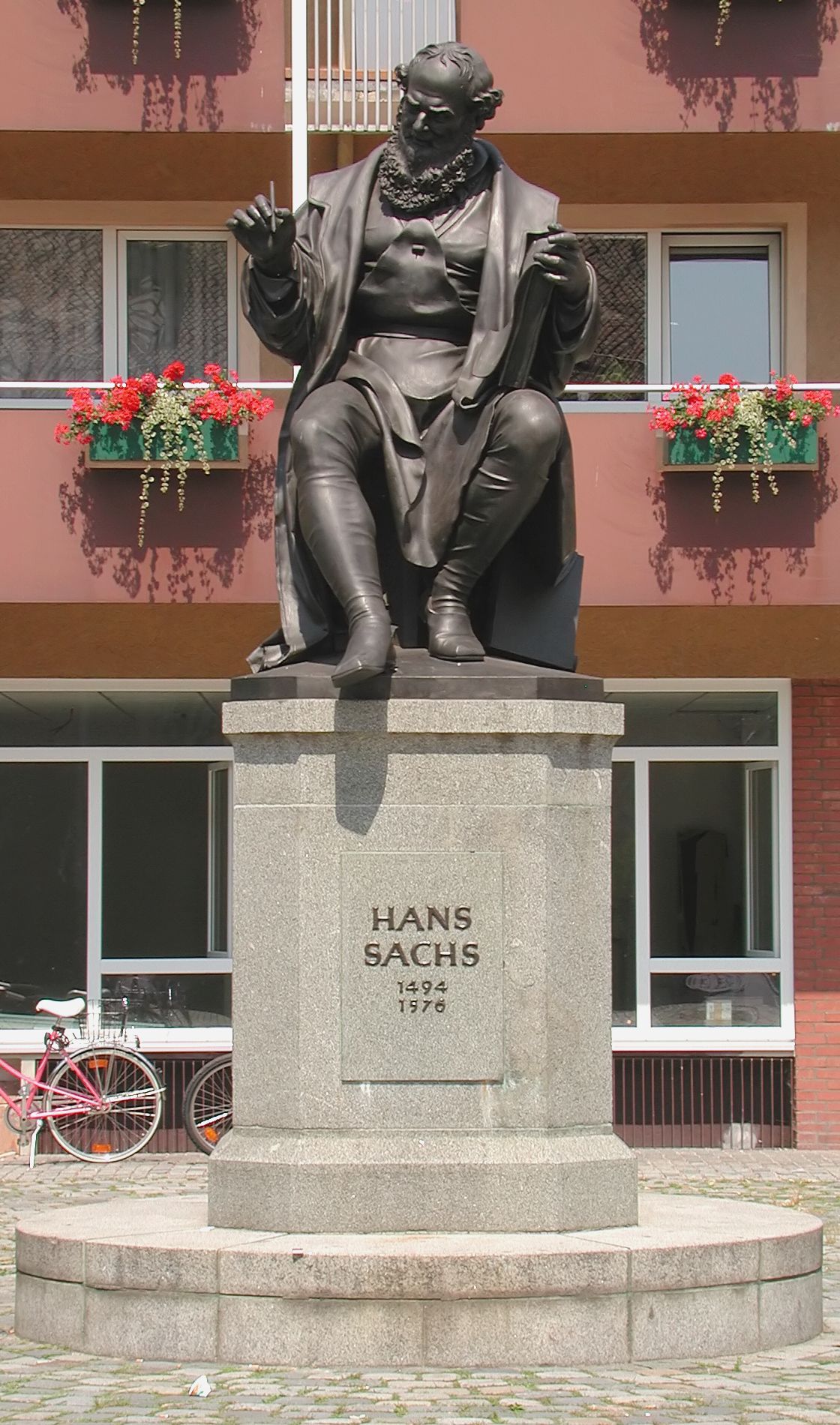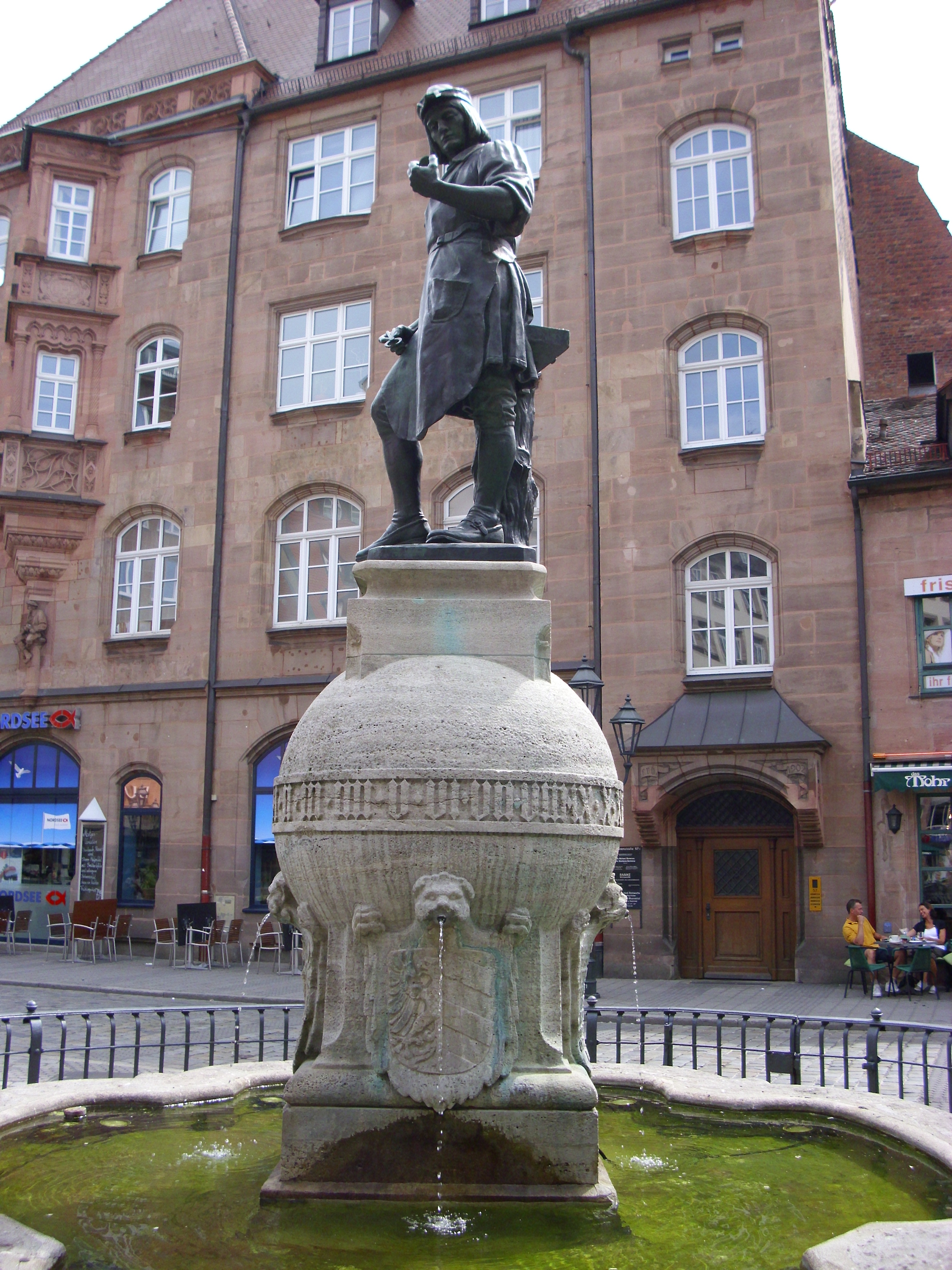|
Timeline Of Nuremberg
The following is a timeline of the history of the city of Nuremberg, Germany. Prior to 15th century * 1030 – Nuremberg Castle built (approximate date). * 1060 – Residence of the burgrave established. * 1127 - Emperor Lothair assigns Nuremberg to Henry the Proud. * 1140 – Monastery of St. Egidius founded. * 1219 – Nuremberg becomes a Free Imperial City. * 1298 – St. Lawrence church built. * 1349 – Craftsmen's uprising. * 1361 – Frauenkirche (church) built. * 1377 – Luginsland Tower construction begins in Nuremberg Castle. * 1380 – Nuremberg Charterhouse (monastery) founded. * 1382 – Playing cards in use (approximate date). * 1390 - Paper mill established by Stromer near city. * 1397 - Population: 5,626. 15th–16th centuries * 1424 – Imperial Regalia of the Holy Roman Empire relocated to Nuremberg. * 1427 – Ownership of Castle transferred to city. * 1437 – Black Death. * 1445 – Stadtbibliothek (city library) established. * 1470 – A''nton Kober ... [...More Info...] [...Related Items...] OR: [Wikipedia] [Google] [Baidu] |
Nuremberg
Nuremberg ( ; german: link=no, Nürnberg ; in the local East Franconian dialect: ''Nämberch'' ) is the second-largest city of the German state of Bavaria after its capital Munich, and its 518,370 (2019) inhabitants make it the 14th-largest city in Germany. On the Pegnitz River (from its confluence with the Rednitz in Fürth onwards: Regnitz, a tributary of the River Main) and the Rhine–Main–Danube Canal, it lies in the Bavarian administrative region of Middle Franconia, and is the largest city and the unofficial capital of Franconia. Nuremberg forms with the neighbouring cities of Fürth, Erlangen and Schwabach a continuous conurbation with a total population of 800,376 (2019), which is the heart of the urban area region with around 1.4 million inhabitants, while the larger Nuremberg Metropolitan Region has approximately 3.6 million inhabitants. The city lies about north of Munich. It is the largest city in the East Franconian dialect area (colloquially: "F ... [...More Info...] [...Related Items...] OR: [Wikipedia] [Google] [Baidu] |
Erdapfel
__NOTOC__ The (; ) is a terrestrial globe produced by Martin Behaim from 1490–1492. The Erdapfel is the oldest surviving terrestrial globe. It is constructed of a laminated linen ball in two halves, reinforced with wood and overlaid with a map painted on gores by Georg Glockendon. The map was drawn on paper, which was pasted on a layer of parchment around the globe. The Americas are not included, as Columbus returned to Spain no sooner than March 1493. The globe shows an enlarged Eurasian continent and an empty ocean between Europe and Asia. The mythical Saint Brendan's Island is included. Cipangu (Japan) is oversized and well south of its true position; Martellus's map is followed in developing an enormous phantom peninsula east of the Golden Chersonese (Malaysia). The idea to call the globe "apple" may be related to the Reichsapfel ("Imperial Apple", Globus cruciger) which was also kept in Nuremberg along with the Imperial Regalia (Reichskleinodien). The name is not re ... [...More Info...] [...Related Items...] OR: [Wikipedia] [Google] [Baidu] |
Wenzel Jamnitzer
Wenzel Jamnitzer (sometimes Jamitzer, or Wenzel ''Gemniczer'') (1507/1508 – 19 December 1585) was a Northern Mannerist goldsmith, artist, and printmaker in etching, who worked in Nuremberg. He was the best known German goldsmith of his era, and court goldsmith to a succession of Holy Roman Emperors. A native of Vienna, Jamnitzer was a member of a Moravian German family which, for more than 160 years, had produced works under the names ''Jamnitzer, Jemniczer, Gemniczer, and Jamitzer''. Wenzel, with his brother Albrecht, was trained by his father Hans the Elder. Later, Wenzel's son Hans Jamnitzer (1539–1603) and grandson Christof Jamnitzer (1563–1618) continued his business. Jamnitzer worked as a court goldsmith for all the German emperors of his era, including Charles V, Ferdinand I, Maximilian II, and Rudolf II. Also, he probably invented an embossing machine. In 1534, Jamnitzer settled in Nuremberg. He made vases and jewelry boxes with great skill, in a styl ... [...More Info...] [...Related Items...] OR: [Wikipedia] [Google] [Baidu] |
1561 Celestial Phenomenon Over Nuremberg
A mass sighting of celestial phenomena or unidentified flying objects (UFO) occurred in 1561 above Nuremberg (then a Free Imperial City of the Holy Roman Empire). This view is mostly dismissed by skeptics, some referencing Carl Jung's mid-twentieth century writings about the subject while others find that the phenomenon is likely to be a sun dog. History A broadsheet news article printed in April 1561 describes a mass sighting of celestial phenomena. The broadsheet, illustrated with a woodcut engraving and text by Hans Glaser, measures by . The document is archived in the prints and drawings collection at the Zentralbibliothek Zürich in Zürich, Switzerland. According to the broadsheet, around dawn on 14 April 1561, "many men and women" of Nuremberg saw what the broadsheet describes as an aerial battle "out of the sun", followed by the appearance of a large black triangular object and exhausted combattant spheres falling to earth in clouds of smoke. The broadsheet claims th ... [...More Info...] [...Related Items...] OR: [Wikipedia] [Google] [Baidu] |
Hans Sachs
Hans Sachs (5 November 1494 – 19 January 1576) was a German ''Meistersinger'' ("mastersinger"), poet, playwright, and shoemaker. Biography Hans Sachs was born in Nuremberg (). As a child he attended a singing school that was held in the church of Nuremberg. This helped to awaken in him a taste for poetry and music.2009 Jean Henri Merle D'Aubign, History of the Great Reformation of the Sixteenth Century in Germany, Switzerland. General Books His father was a tailor. He attended Latin school () in Nuremberg Nuremberg ( ; german: link=no, Nürnberg ; in the local East Franconian dialect: ''Nämberch'' ) is the second-largest city of the German state of Bavaria after its capital Munich, and its 518,370 (2019) inhabitants make it the 14th-largest ... . When he was 14 he took up an apprenticeship as a shoemaker. After the apprenticeship, at age 17, he was a journeyman and set out on his Journeyman years (''Wanderjahre'' or ''Walz''), that is, travelling about with companion ... [...More Info...] [...Related Items...] OR: [Wikipedia] [Google] [Baidu] |
Festival Book
__NOTOC__ Festival books ( nl, feestboeken, es, libros de festivos) are books, often illustrated books, illustrated, that commemorate a notable event such as a royal entry, coronation or wedding. Funerals were also commemorated in similar fashion. The genre thrived in The Renaissance, Renaissance and Early modern Europe, early modern Europe, where rulers utilized the form to both document and Propaganda, embellish displays of wealth and power. Description Large numbers were produced, often surviving in very few copies; the largest collection, in the British Library, has over 2000 examples. Originally manuscripts, often illustrated, compiled for prince or city, with the arrival of print they were frequently published, varying in form from short pamphlets describing the order of events, and perhaps recording speeches, to lavish books illustrated with woodcuts or engravings showing the various tableaux, often including a fold-out panorama of the procession, curling to and fro acros ... [...More Info...] [...Related Items...] OR: [Wikipedia] [Google] [Baidu] |
Charles V, Holy Roman Emperor
Charles V, french: Charles Quint, it, Carlo V, nl, Karel V, ca, Carles V, la, Carolus V (24 February 1500 – 21 September 1558) was Holy Roman Emperor and Archduke of Austria from 1519 to 1556, King of Spain (Crown of Castile, Castile and Crown of Aragon, Aragon) from 1516 to 1556, and Lord of the Netherlands as titular Duke of Burgundy from 1506 to 1555. He was heir to and then head of the rising House of Habsburg during the first half of the 16th century, his dominions in Europe included the Holy Roman Empire, extending from Kingdom of Germany, Germany to Kingdom of Italy (Holy Roman Empire), northern Italy with direct rule over the Austrian hereditary lands and the Burgundian Low Countries, and Habsburg Spain, Spain with its southern Italy, southern Italian possessions of Kingdom of Naples, Naples, Kingdom of Sicily, Sicily, and Kingdom of Sardinia, Sardinia. He oversaw both the continuation of the long-lasting Spanish colonization of the Americas and the short-live ... [...More Info...] [...Related Items...] OR: [Wikipedia] [Google] [Baidu] |
Melanchthon
Philip Melanchthon. (born Philipp Schwartzerdt; 16 February 1497 – 19 April 1560) was a German Lutheran reformer, collaborator with Martin Luther, the first systematic theologian of the Protestant Reformation, intellectual leader of the Lutheran Reformation, and an influential designer of educational systems. He stands next to Luther and John Calvin as a reformer, theologian, and shaper of Protestantism. Melanchthon and Luther denounced what they believed was the exaggerated cult of the saints, asserted justification by faith, and denounced what they considered to be the coercion of the conscience in the sacrament of penance (confession and absolution), which they believed could not offer certainty of salvation. Both rejected the doctrine of transubstantiation, i.e. that the bread and wine of the eucharist are converted by the Holy Spirit into the flesh and blood of Christ; however, they affirmed that Christ's body and blood are present with the elements of bread and wine i ... [...More Info...] [...Related Items...] OR: [Wikipedia] [Google] [Baidu] |
Protestant Reformation
The Reformation (alternatively named the Protestant Reformation or the European Reformation) was a major movement within Western Christianity in 16th-century Europe that posed a religious and political challenge to the Catholic Church and in particular to papal authority, arising from what were perceived to be errors, abuses, and discrepancies by the Catholic Church. The Reformation was the start of Protestantism and the split of the Western Church into Protestantism and what is now the Roman Catholic Church. It is also considered to be one of the events that signified the end of the Middle Ages and the beginning of the early modern period in Europe.Davies ''Europe'' pp. 291–293 Prior to Martin Luther, there were many earlier reform movements. Although the Reformation is usually considered to have started with the publication of the '' Ninety-five Theses'' by Martin Luther in 1517, he was not excommunicated by Pope Leo X until January 1521. The Diet of Worms of May 1521 ... [...More Info...] [...Related Items...] OR: [Wikipedia] [Google] [Baidu] |
Watch 1505
The Watch 1505 (also named PHN1505 or Pomander Watch of 1505) is the world's first watch. It was crafted by the German inventor, locksmith and watchmaker Peter Henlein from Nuremberg, during the year 1505, in the early German Renaissance period, as part of the Northern Renaissance.oldest watch in the world'' YourWatchHub. Retrieved December 7, 2018.Report (Video)'' Westdeutscher Rundfunk, German. Retrieved December 7, 2018. However, other German clockmakers were creating miniature timepieces during this period, and there is no definite evidence Henlein was the first. It is the oldest watch in the wo ... [...More Info...] [...Related Items...] OR: [Wikipedia] [Google] [Baidu] |








.jpg)
